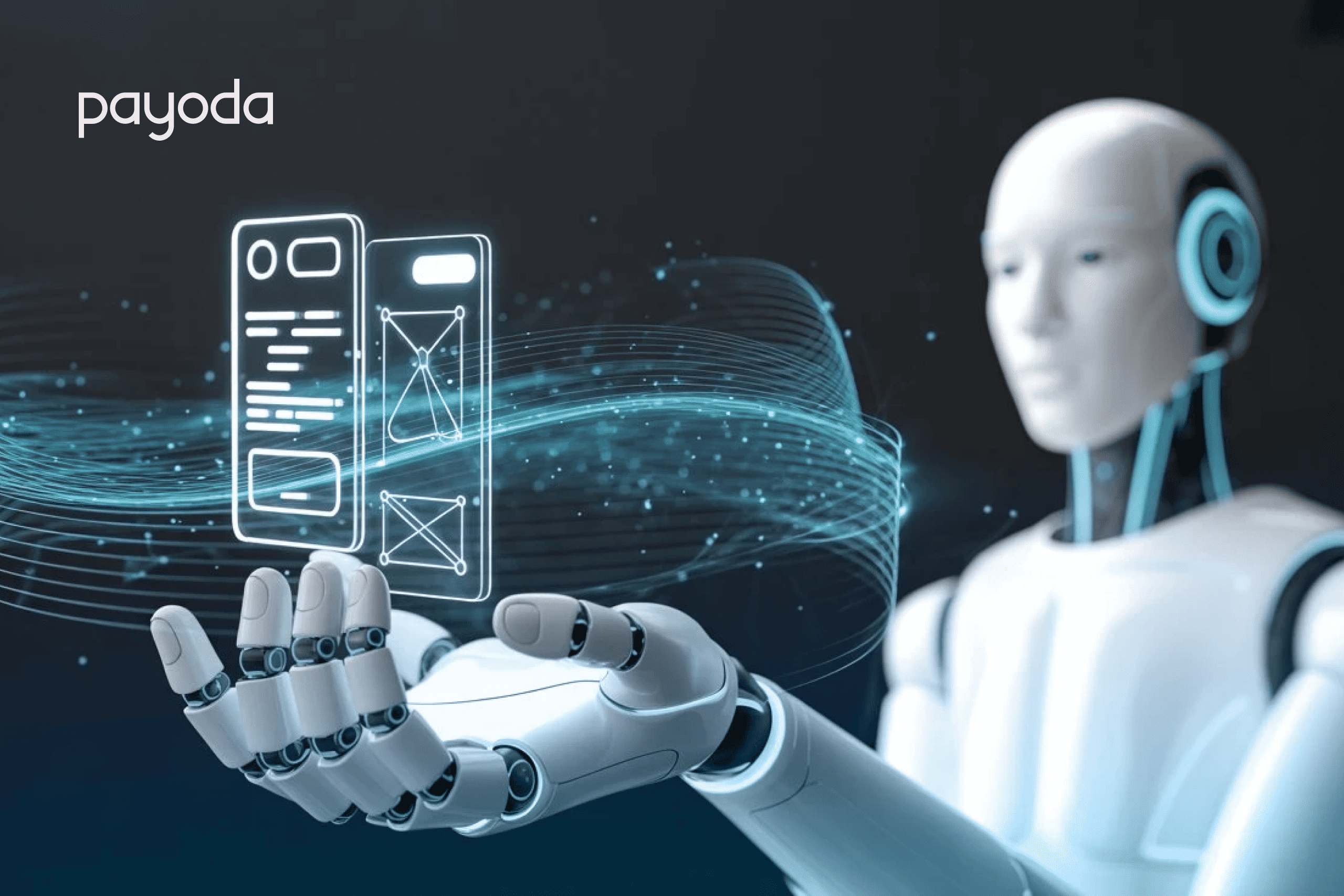
Introduction
Imagine walking into a newly constructed home. The structure is sound, the layout is efficient, and every room aligns logically. Yet, something feels missing. There’s no warmth, no emotional resonance, no sense of personality. It functions — but does it feel like home?
Welcome to the current state of generative AI in UI/UX design. While tools powered by artificial intelligence can now build wireframes, recommend layouts, and even automate entire user flows, the soul of the design still depends on human insight.
In this era of intelligent automation, human-centered design in the age of AI is more important than ever. Designers are not becoming obsolete — they’re becoming irreplaceable curators of empathy, intention, and meaning.
Part I: Generative AI Builds the Framework — But Not the Feel
Today’s AI tools like Uizard, Figma AI, and Galileo AI can:
- Generate full-page wireframes from simple text prompts.
- Auto-suggest UI layouts based on best practices.
- Predict user flows from use cases.
- Label and organize UI components intelligently.
Real-World Example
A product manager types:
“We need a dashboard for a logistics company showing shipment status, delay alerts, and a map.”
Within seconds, the AI produces a clean wireframe, complete with charts, cards, and a live map.
Sounds efficient, right? Yes. But efficiency isn’t the whole story. This is where human-centered design in the age of AI takes over. While AI lays the bricks, it’s the designer who adds light, warmth, and soul.
Part II: Why the Designer Remains the Architect
Think of AI as building the walls — you still choose where the windows go.
What generative AI in UI/UX design cannot comprehend is:
- The emotional tone of the brand.
- The user’s context, motivations, and pain points.
- The balance between usability and delight.
Case in Point
A health-tech startup used AI to generate its patient intake flow. Technically, it worked — but emotionally, it fell flat. Users abandoned the form midway.
A designer stepped in to:
- Add soft color palettes and smooth transitions.
- Write empathetic microcopy like: “We’ll only ask this once.”
- Include a visual progress tracker to ease uncertainty.
Result?
Form completion rose by 38%, and support calls dropped 50%.
This proves how human-centered design in the age of AI bridges the gap between what works and what feels right.
Part III: Design Is a Dialogue — Not Just a Data Model
AI outputs. Designers interpret. And that’s where magic happens.
While AI can offer multiple layout options for a news app, only the designer can decide:
- Which layout highlights breaking news best.
- How hierarchy adapts across mobile and tablet.
- When to emphasize visuals versus text for the target audience.
Real-World Insight
Spotify uses AI to personalize recommendations. But its Discover Weekly playlists? They’re fine-tuned by designers who map out emotional journeys, not just data patterns.
Thus, even in the realm of generative AI in UI/UX design, creativity thrives when paired with human emotion and judgment.
Part IV: Designers Are Evolving — Not Disappearing
The role of the designer is transforming from:
- Creator → Curator
- Task-doer → Experience Strategist
- Pixel-pusher → Meaning Maker
In a world driven by generative AI in UI/UX design, your value lies in shaping the why behind the what. You’re not just producing screens — you’re telling stories, designing emotions, and building trust.
Here’s how to collaborate with AI as a creative partner:
- Let AI draft wireframes. You refine the narrative.
- Let AI suggest flows. You design for edge cases.
- Let AI generate UI kits. You ensure inclusivity, emotion, and brand consistency.
Final Thoughts
Yes, generative AI in UI/UX design can speed up execution. But it can’t replicate emotional depth. It can lay out the structure, but only human-centered design in the age of AI can make it truly livable.
Design isn’t just about what works — it’s about what moves people.
So, let AI handle the bricks. But let you — the designer — place the windows, paint the walls, and open the doors to meaningful, human connection.
Because great design isn’t just functional. It’s soulful.
At Payoda Technologies, we believe in blending intelligent tools with intuitive design to create experiences that resonate on a human level.
Talk to our solutions expert today.
Our digital world changes every day, every minute, and every second - stay updated.









